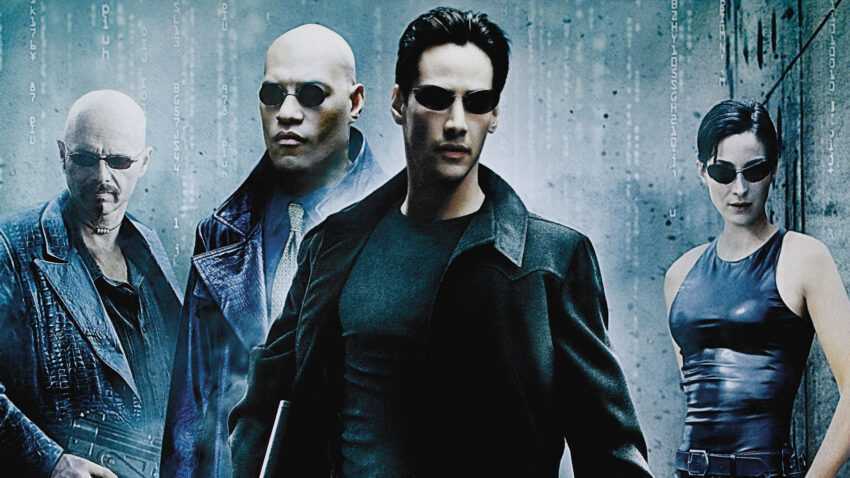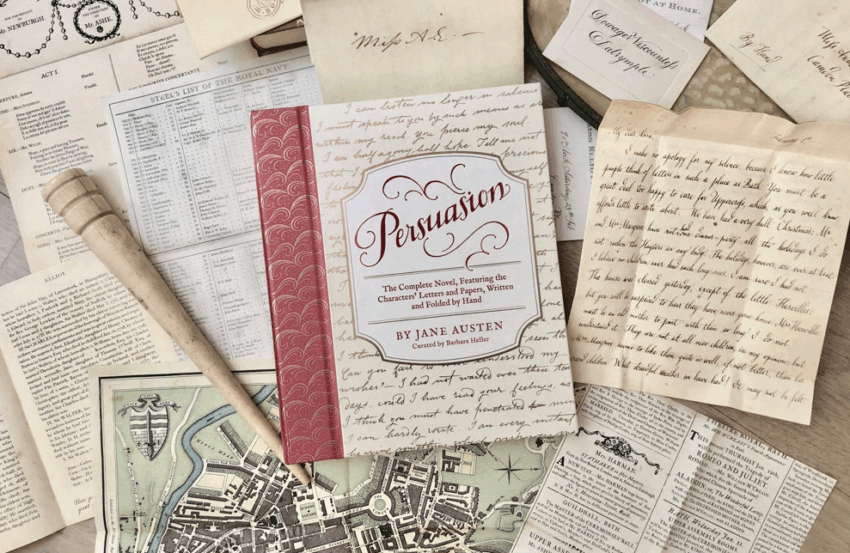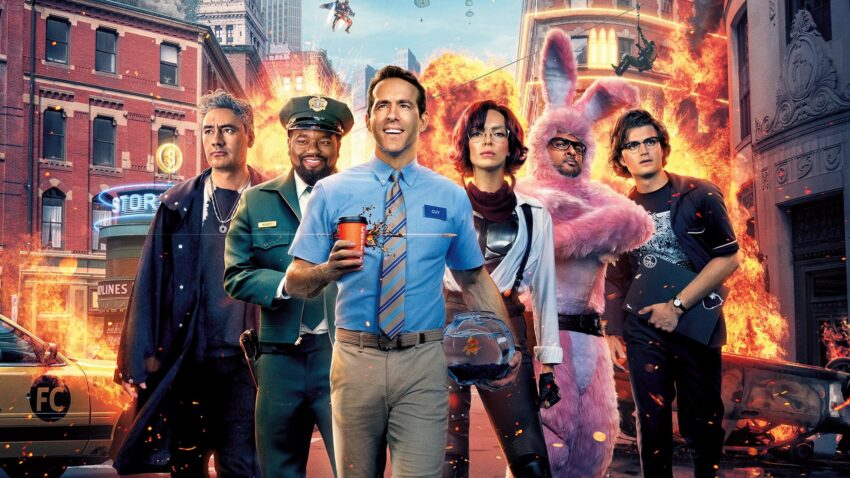We’ve all come across parts of our story that we, as writers, have complete control of. The screenwriters get to decide when Spider-Man runs out of web fluid. The writers can choose how much the traitor knew before he betrayed his friends to the villains. Whether or not the fans fall in love with Huntrix’s…
La La Land: How To Write Decisions That Hit Hard
Sometimes the struggles that your characters face don’t feel relevant. I don’t just mean the outward struggles like killing a dragon or withstanding physical torture, because hardly anyone can relate to something that drastic. I mean that those moments when your protagonist is forced to make a decision through tearful eyes aren’t any good if…
The Matrix: Balancing Violence In Your Writing
There are a lot of unnecessary torture scenes out there. So many of them only exist to show off how dark a characters’ world is and how violent the author is willing to get. Some writers seem to see them almost like a rite of passage — you can take their book seriously because they…
Persuasion: The Power of Character Relationships
The vast majority of romance novels — both historically and in the modern day — fall into the trap of only truly developing their main two protagonists. It’s easy to do, after all. In the end those two characters and the conflict between or around them are the only things driving the story, and their…
How To Train Your Dragon: Writing with a Cast of Cliches
Your story’s written, your characters fleshed out, your first draft done. You’re just about to begin editing — your highlighter hovering above the page, red pen ready by your side to catch any mistakes — when it hits you. One of the characters, or plot lines, or concepts, has been so overused it’s cliched. Maybe…
Peter Rabbit: When To Make Fun of Yourself
I’ve talked a lot on the blog about how damaging it can be for a story when the writers have the characters laugh at themselves, their situation, or (worst of all) emotional moments. Part of why I talk about it so much is because of how popular it’s become. It’s hard to find a single…
Mean Girls: How to Write a Popular Antagonist
Everyone knows the stereotype: the trusted advisor haunts the corners of the throne room, whispering poisonous advice and plotting deadly conspiracies while being beloved and adored by all. The readers know they’re the villain, the protagonist often knows they’re the villain, but no one else seems to notice. And this trope isn’t just confined to…
Free Guy: The Key To Writing a Page-Turning Climax
There are few scenes as powerful as your climax. No matter how well done the rest of your work is, a poorly paced climax will leave your readers disappointed with your book. On the other hand, a page-turning climax can cover a multitude of flaws in your story. In short, your readers’ conception of your…
K-pop Demon Hunters: How To Write For A Target Audience
At some point in your life as a writer, you will have to choose a target audience. If you plan to be published at some point, or even if you simply want your writing to be read by someone other than yourself, you have to know who you’re writing for. It’s impossible to appeal to…
Superman: Cohesion in Chaos
It’s been a long time since the DC Extended Universe — home to some of the most famous superheroes like Batman, Superman, and Wonder Woman — has gotten any attention, either positive or negative. But that all changed when it was announced that the DCU was being rebooted this summer. The reboot is facing an…










